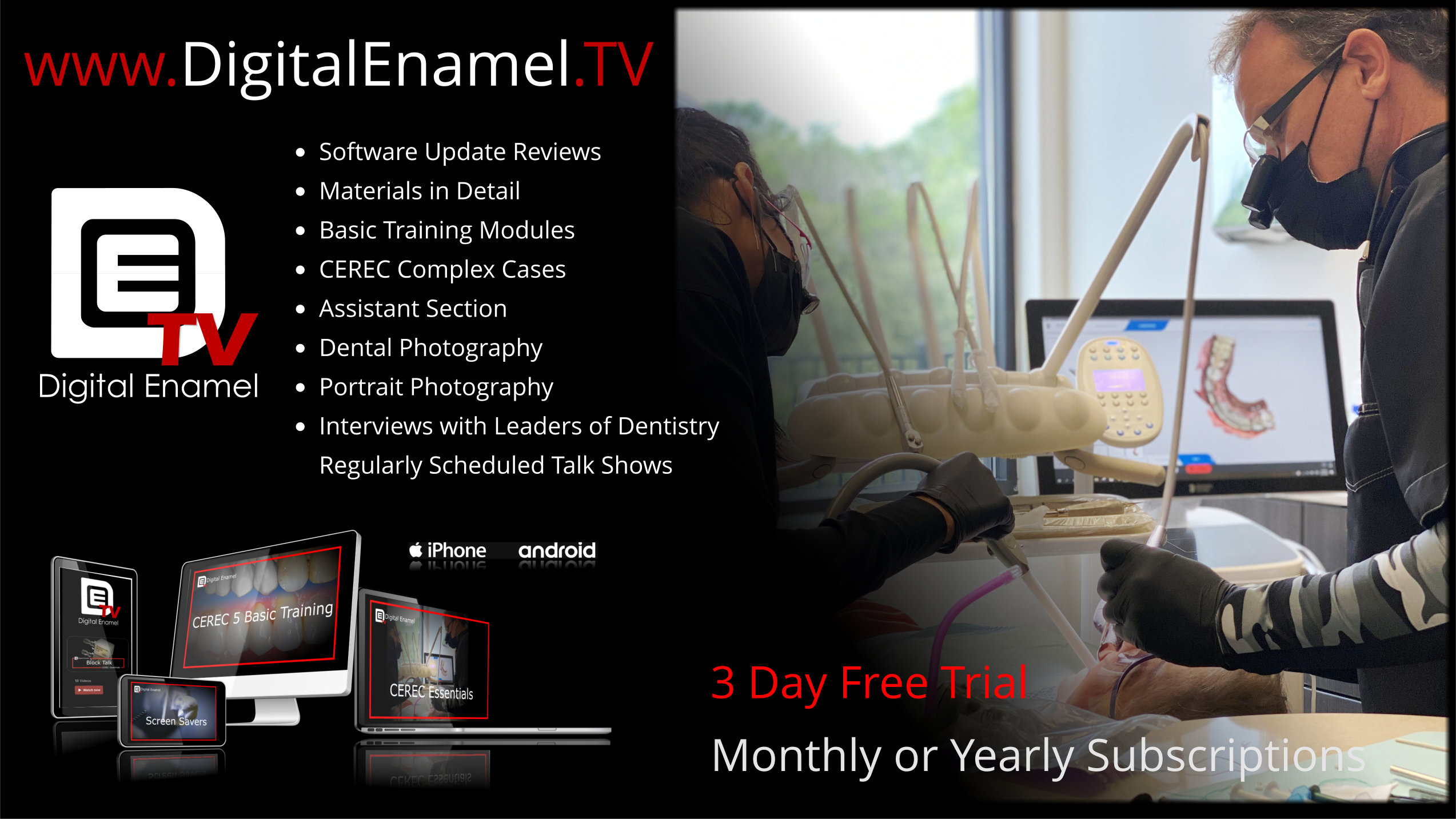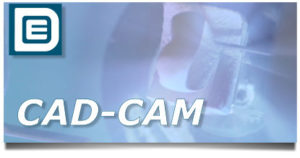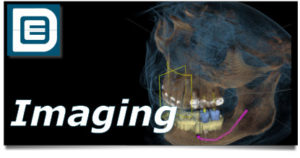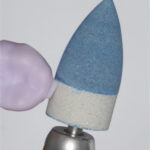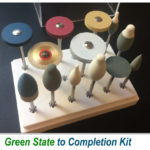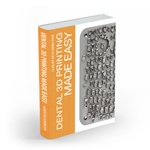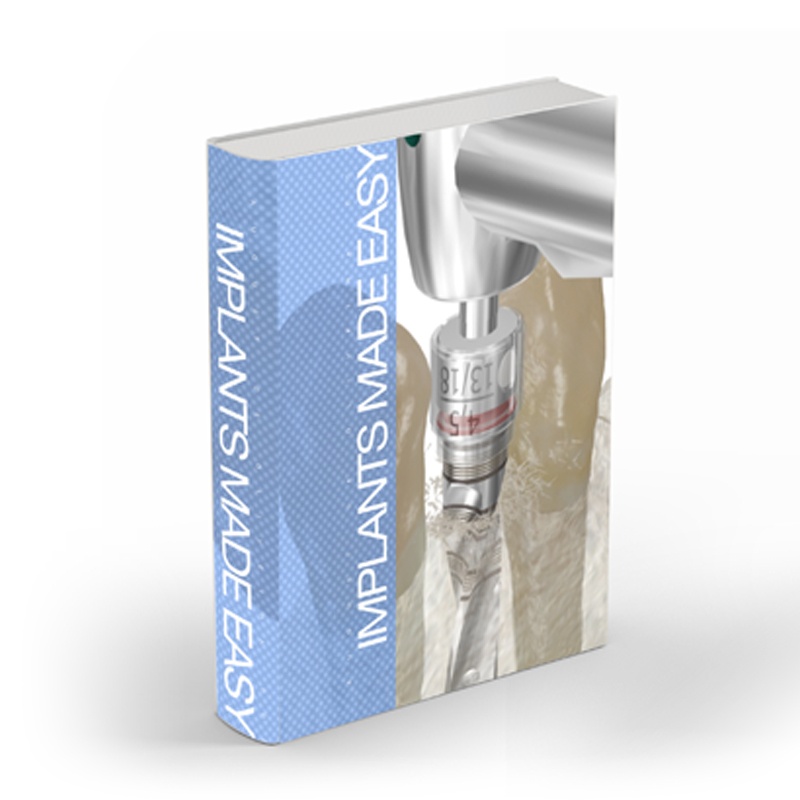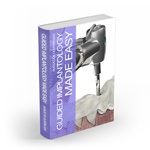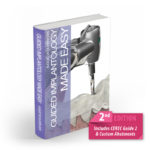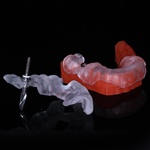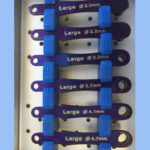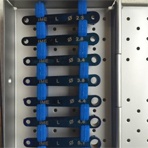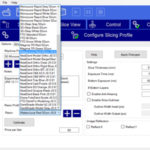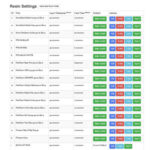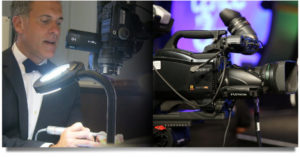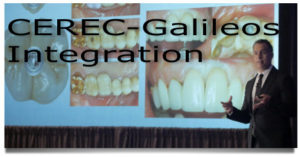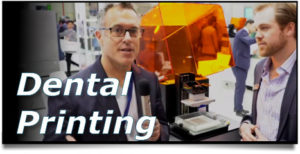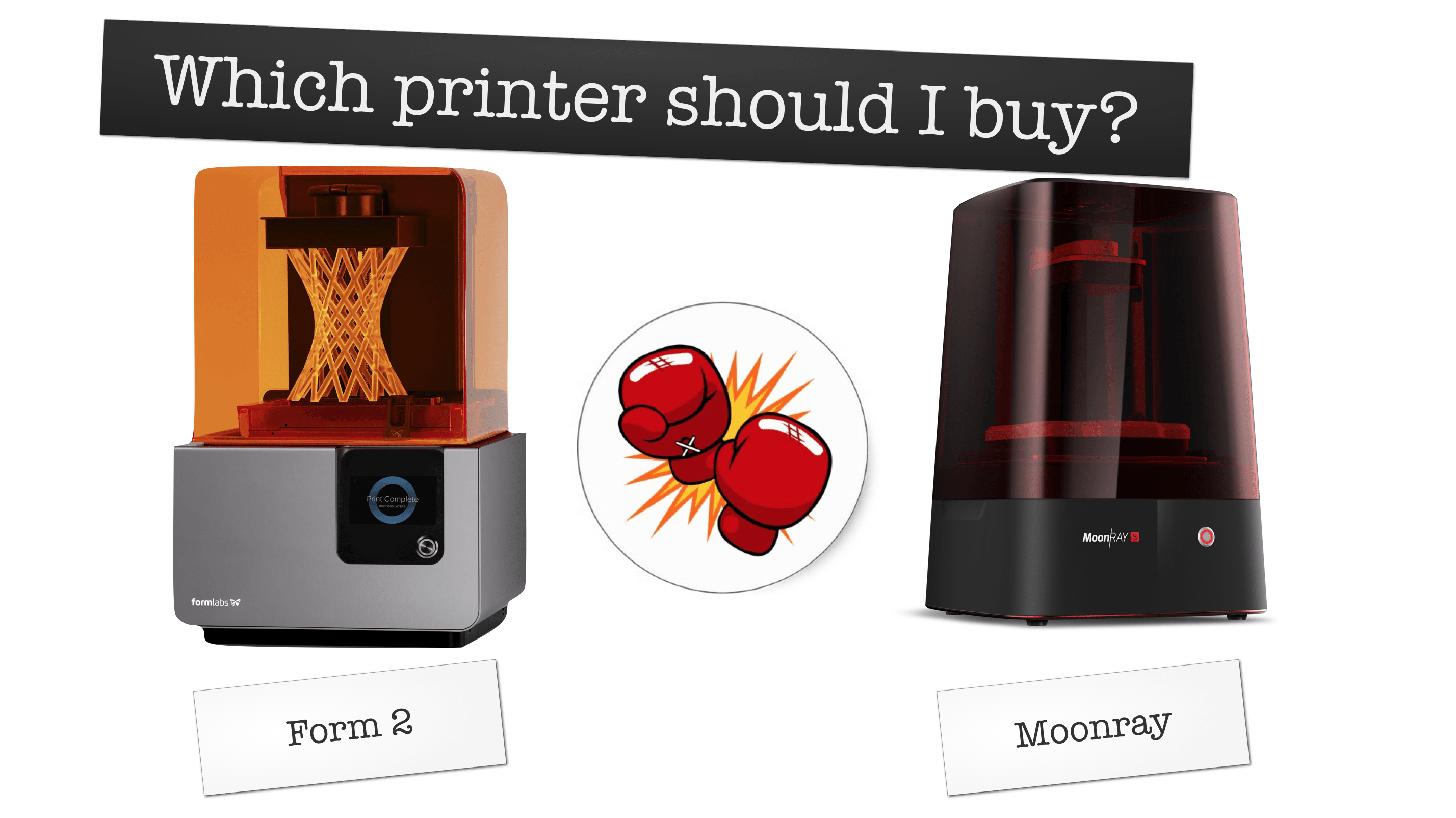
Just got back from DS World and it was so much fun to hang out with almost 8,000 high tech dentists! At the Digital Enamel Booth and after my lectures on Implants and 3D Printers I got asked over and over again: “So What Printer Should I buy?” And more importantly, it looks like the two most popular printers at the show were the Form 2 and the Moonray. So I wanted to go over the plusses and minuses of both printers and hopefully shed some light on the subject. On Oct 20 and 21 at the Digital Enamel teaching center in Austin we are having a 2 day hands on course where you can play with both printers. You can register below!
https://www.eventbrite.com/e/dental-3d-printing-party-hands-on-dental-3d-printing-course-austin-tickets-34857861803
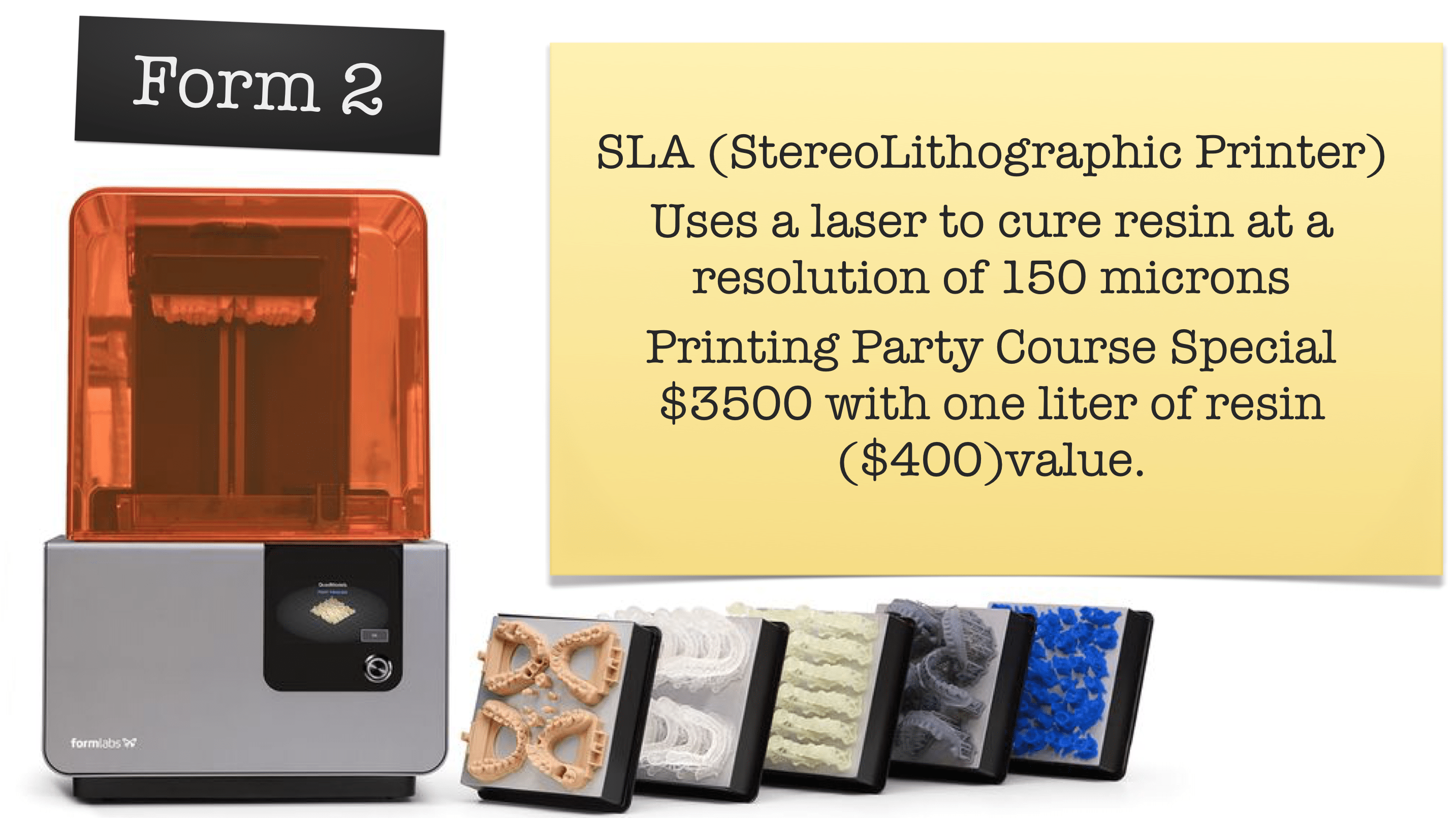
The Form 2 is one of the easiest SLA (resin vat cured by light) printers on the market and it has a lot of great features. You can get it for $3500 with a Liter of any resin you want (I suggest Dental SG if you are doing guided surgery). The Laser can cure a minimum feature size of 150 microns. I wasn’t sure if it was a misinformed rep or a misinformed speaker, but many were coming up to me and saying the Form 2 has a resolution of 35 microns, which is just not true. It can cure at layer heights on 20, 50 and 100 microns but so can a $100 Amazon hot glue gun printer. What determines how small the printer can print is what we call XY resolution. The only printers that can produce a minimum future size of 35 microns and super expensive printers (65K plus) and the build plate is so small they are limited to making temporaries or wax patterns.
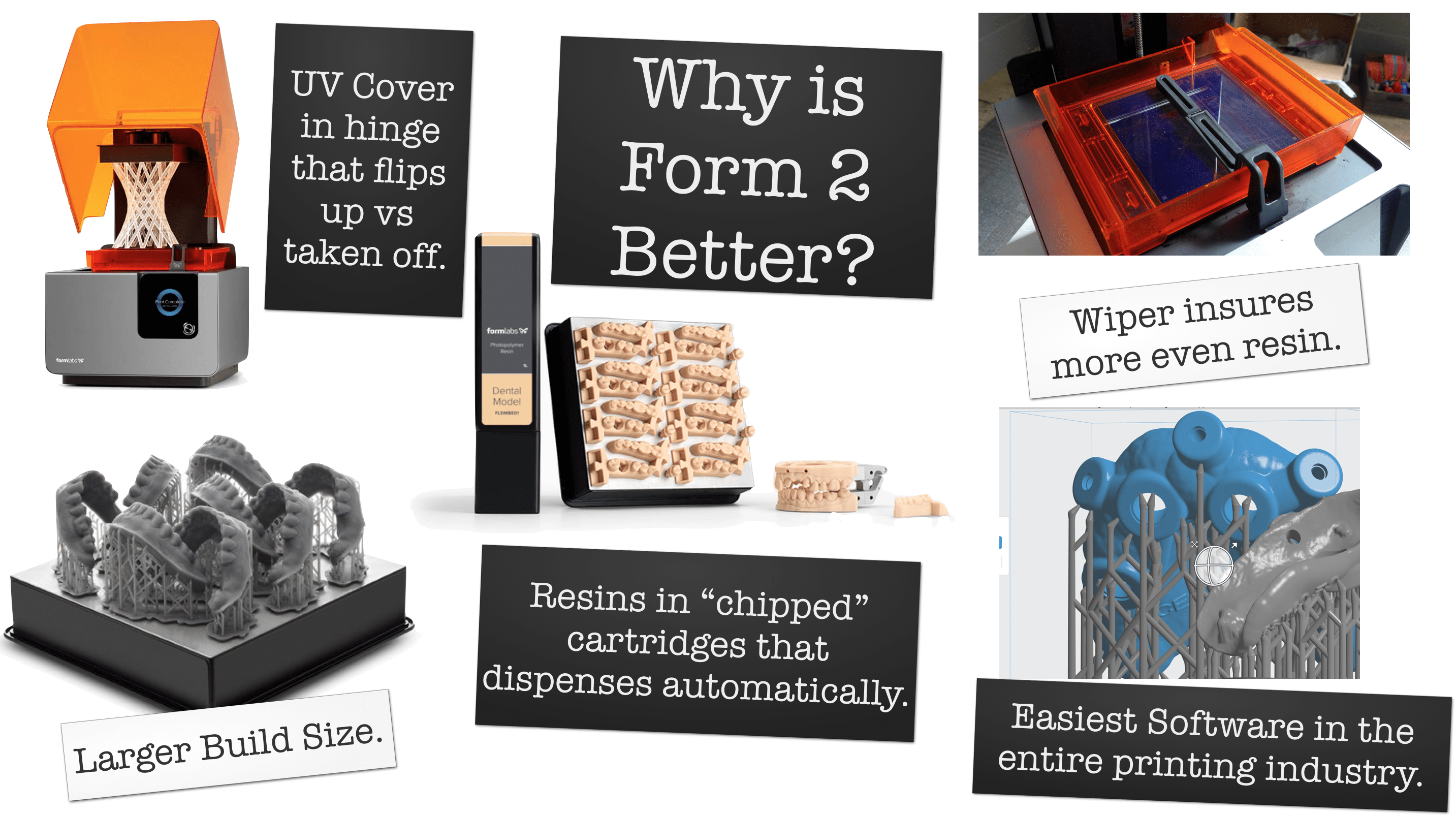
There are a lot of tings to love about the Form 2. I know this doesn’t sound like a big deal but the UV cover has a hinge, where other printers, like the Moonray have a cover that has to be lifted off. The Form 2 uses a really cool wiper system to keep fresh resin coating the layers of your print. This is a blessing and a curse as this takes time after every layer to coat, but it insures that the individual layers will stick to each other and reduce the number of failed prints. The Form has a really nice build plate that can handle up to 4 models flat and 6 to 8 if you print vertically. Form 2 makes their own resins and each come in a tank that has a computer chip that tells the printer what settings to use, the temp to control it and how much is left in the tank. But what I love the most about the printer is the software. Everyone in the industry agrees that Form really has the best software. Its super easy to use, you can pick where to put supports, and is more or less the CEREC mill preview in printer form.
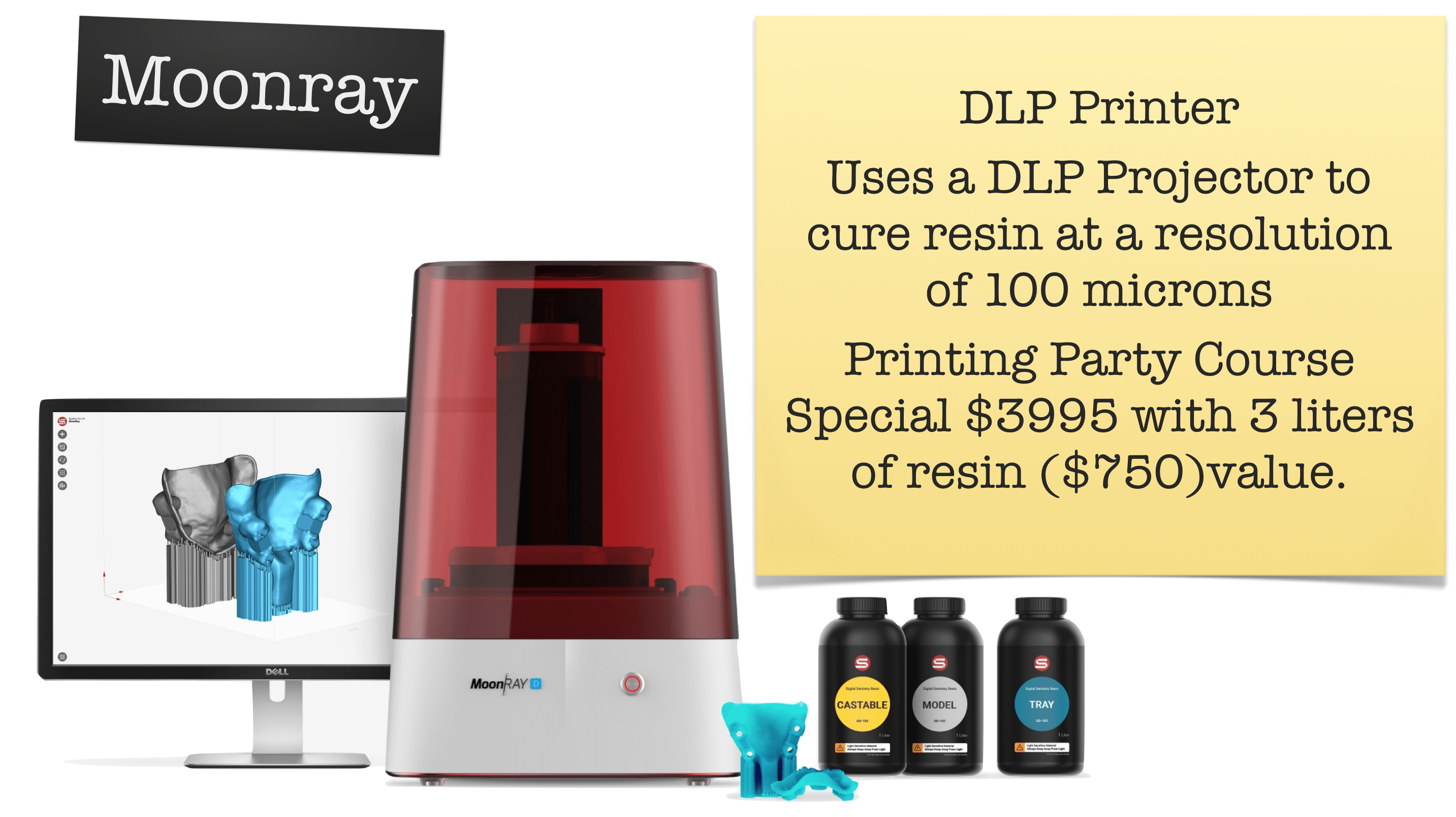
The Moonray S printer by Sprintray was another show favorite and were featured at the Digital Enamel booth. Like the Form 2, the Moonray also cures a vat of liquid composite, but the Moonray is a DLP printer and uses UV light from a DLP projector to cure your prints. Unlike the SLA Laser technology of the Form 2, the Moonray cures and entire layer at a time, across the build plate. This means that it take a lot less time to print and it doesn’t matter if you have one or 3 models, it takes the same time. At the 3D Printing party you can get the Moonray plus 3 liters of resin for $3995, which works to be about the same price as the Form 2.
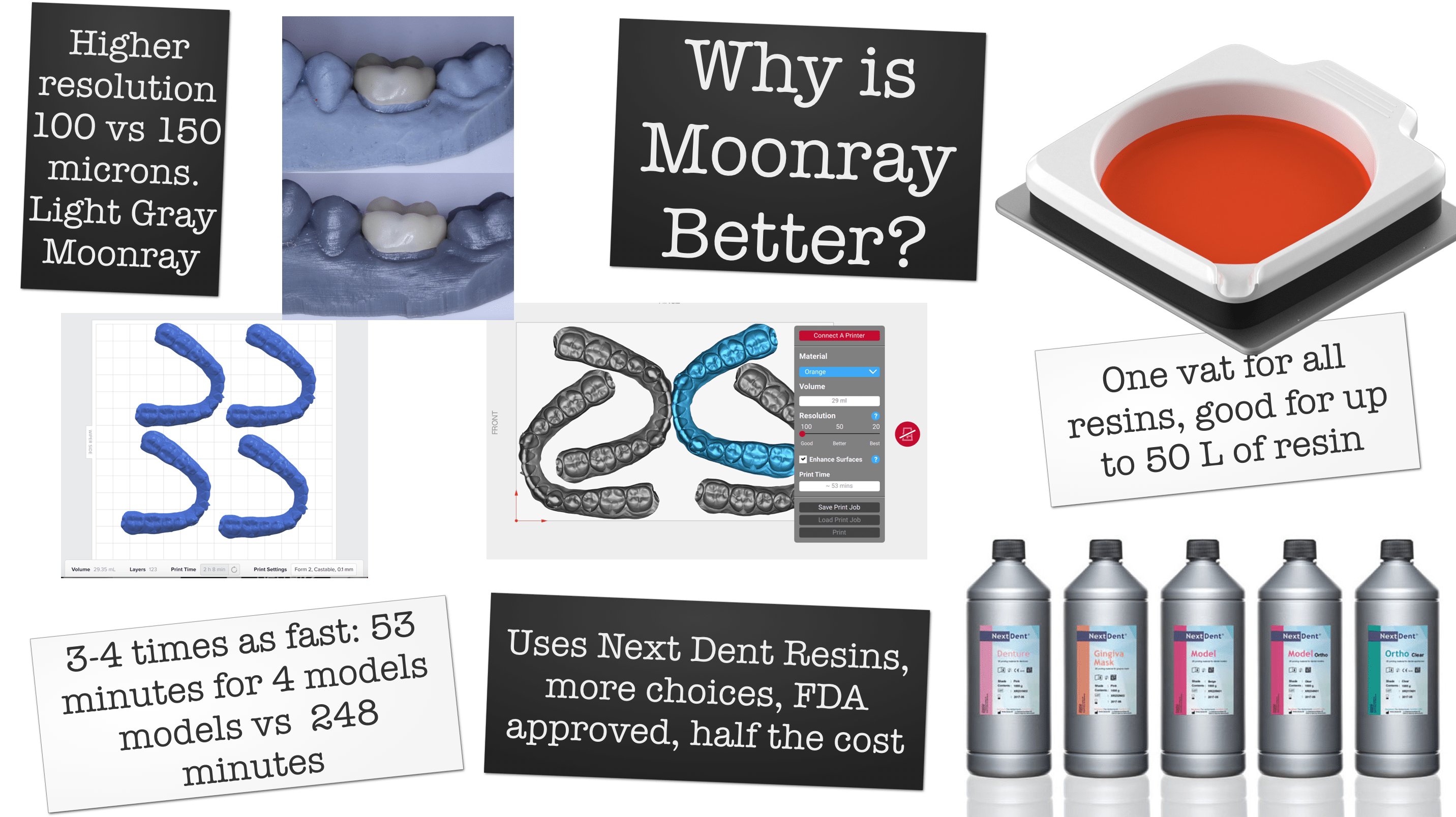
The Moonray has a number of really cool features as well. As stated before, the Form 2 does not print at 35 microns, its at 150 microns. The Moonray is at 100. The average CEREC scan has a triangle size of 90 microns. The Form 2 uses a film called PDMS which is an oxygen rich silicone that prevents your layers from sticking to the bottom of the vat, but because the material is porous, you need a different vat for every resin you use. The Moonray uses FEP film, which is clear teflon tape to keep the resin from sticking to the base of the vat and as a result, one tank is good for 50L of resin. Another cool feature is that Moonray is adapting NextDent resins as week speak. I think they have Clear night guard, surgical; guide, tray, denture base and denture teeth available. These resins are less expensive than those from Formlabs as are the Sprintray resins. You can also use 3rd party resins like Makerjuice, which are about $60/L using the “Orange” setting on the Moonray. But the real distinguishing characteristic is the speed. You can see in the graphic that with the same number of models, the Moonray is 3 times faster. That being said, the build plate is about half the size of the Form 2. So you will have to post process more.
So in a nutshell you may still be asking “Which one?” If you do a lot of clear aligner therapy, if time is not an issue, and you just don’t want to think about loading resin and are not particularly tech savvy, the Form 2 is the perfect printer. If speed is an issue, and you need a higher resolution, say for instance you want to print dies and night guards, and want to have more resin choices, the Moonray is right for you. I own both and I can say that I personally use the Moonray more, but you really can’t go wrong with either. If you told me “Hey I bought a Form or a Moonray, but my friend told me the other was better, should I cancel my order?” I would say “No.” They are both great. But hey! Come to the course Oct 20/21 and try each hands on.
